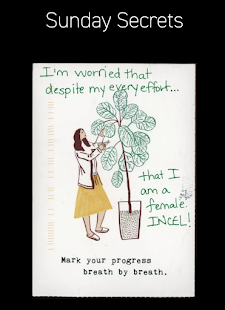Combinatory Poetics
I was quite surprised to learn that hypertext is not the first or oldest genre of e-lit, but rather was the first genre to get major recognition. The history of combinatory poetics is quite interesting in that, in its origins, was a form of “anti-art” (20) that developed during WWI. Retteberg notes the irony of anti-art, as it would be more expected to “simply stop producing art, or perhaps even to set about destroying the art popular…” (22). The Dadaists developed this notion and seeked out “act[s] of destruction” (22) through the use of art. Having this background as context, it makes it all the more relevant to learn about Tzara’s “cut-up method” in which he would break part pieces of writing and reassemble it to access the “subconscious or ‘unconscious mind’” (23). The act of destruction that is the cut up method is, in my opinion, beautiful because when you reassemble it, you are expanding upon a piece of work, breaking its once established limits, and developing a beautifully random creation that also taps into the “subconscious” (23). Reading about the “exquisite corpse game” where players would substitute words and forms of speech made me think of the game Mad-libs. So I was delighted to read just five pages later how Retteberg himself makes this connection: “Combinatory writing practices are not simply the domain of obscure art movements but in fact have extended more generally into popular culture. I have found childhood memories of playing with Mad-Libs…” (29).
I chose to further explore Briton Gysin and his work with “permutation poems”. Gysin took the cut-up method a step forward and added a new perspective: changing the meanings of poems through the usage of “inflections and stresses on different phrases” (26). Retteberg defines permutation poems to be “poems derived from permutations of a series of words or a sentence” (25). I listened to the 1960 BBC radio recording of Gysin performing “I Am That I Am”. It was really powerful to hear just three words be transformed into hundreds of different phrases. Not only does he pronounce each word differently, but the pace and pitch also fluctuate, making the listening experience begin to feel emotional- for me I felt uncomfortable when the pitch started to get higher and the pace got faster around halfway through the recording. But the experience got me thinking about how we may be unconsciously reaching a different interpretation from reading poems from text just by the many ways there are to read it, whether that be aloud or in our heads.
Here’s my poem I created using Cent Mille milliards de poems



It is interesting to see that combinatory poetry was the first form of e-lit, even before hypertext. I also love your poem. Really cool to see how it works!
ReplyDelete